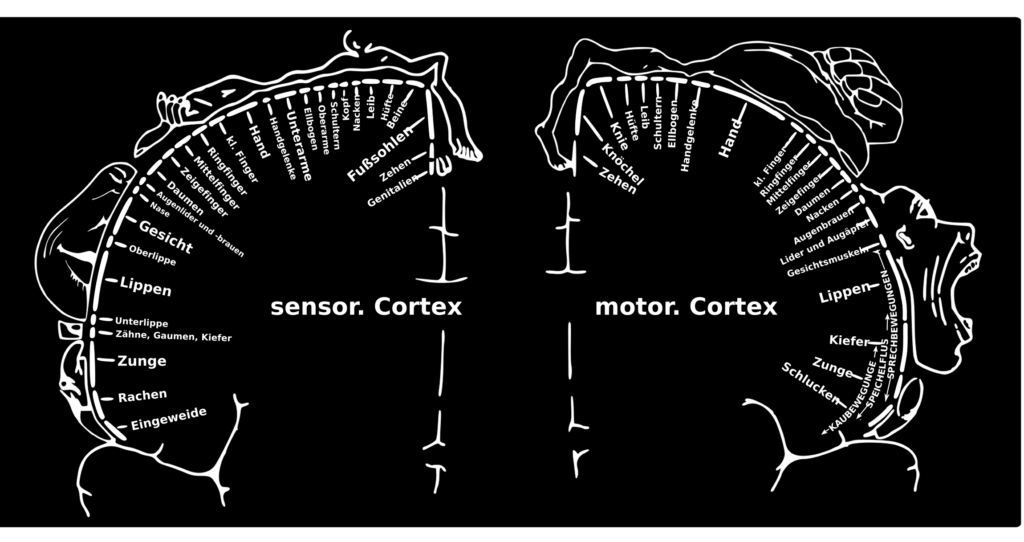How does our consciousness work? The sense of being right here and now, of feeling and living, or “qualia”, as some call it? And why do the textbooks still claim it is something we might never understand, something mysterious?

Well, that’s mainly because of dualistic bias, but also because of one very simple, but fundamental misconception we all have. We truly believe that the thing we call “I” is what looks into the world through our senses. But actually our consciousness looks at a model which we confuse with our self, and it is only through that model that we can observe the outside world.

What we call “I” has no direct interface to reality!
The illusion is almost perfect, but just almost, as demonstrated by Benjamin Libet’s famous experiment. Certain brain injuries, mental techniques and also some drugs can lift the veil, but these are not comfortable experiences to say the least. Losing the sense of self while otherwise being fully aware is extremely frightening.

Our consciousness arises from a smeared out illusion of “now”. We are not able to deal consciously with live reality.
This is what gives conscious beings a sense of being right here, right now, while at the same time experiencing not only what is, but also the “qualia”, which are small hints of preemptive interpretation.
Take that away and you become an insect, a robot. This is also the reason why we are notably slower in our conscious reactions, as compared to mere reflexes, by which “lower” life-forms have to come by. And this is also why certain athletes (especially martial artists) describe their actions as “happening automatically”.
Think about it: “now” is something undefinable; no sensor in the world can measure or detect “now”. It is platonic. “Now” is an interpretation of a very small time period. Just so small as not to be discernable further by the resolution of our consciousness, which physically is a standing electron wave that behaves like a hologram and an interesting automaton at the same time.

Which you can directly observe through mental exercises or certain drugs, the latter however not to be recommended, again. This interesting, holographic automaton emerges from any capable cortical structure with rich underlying neural networks. Think of it as a neural network training and observing another one, the latter being continuously rewarded and punished by physical reality as life has it.

Our “now” is about 200 milliseconds long by the way, at least while you are still young and fit. Once this gets too long, you are no longer very lucid by everyone else’s standard, and it may soon be time to say goodbye to this “you” and get ready for the greatest journey of all time, which is the probably continuous experience of life, the universe and everything.
READ ON: How did I arrive at these theories?
